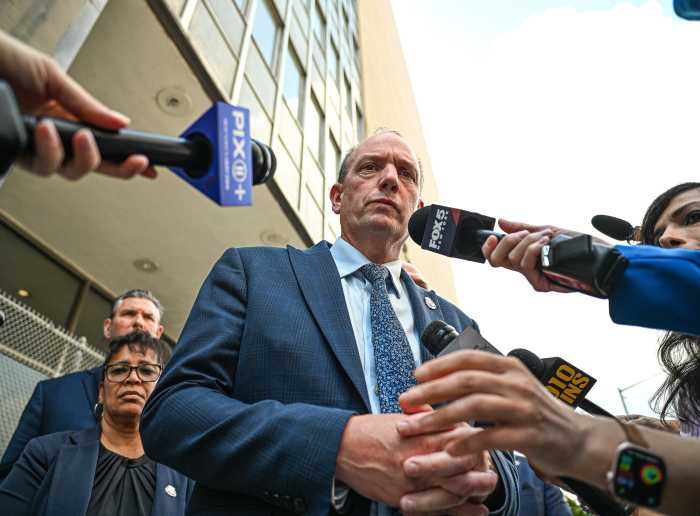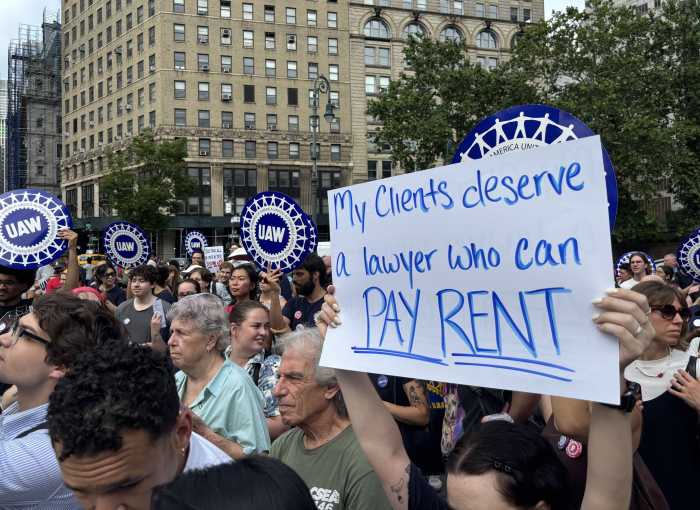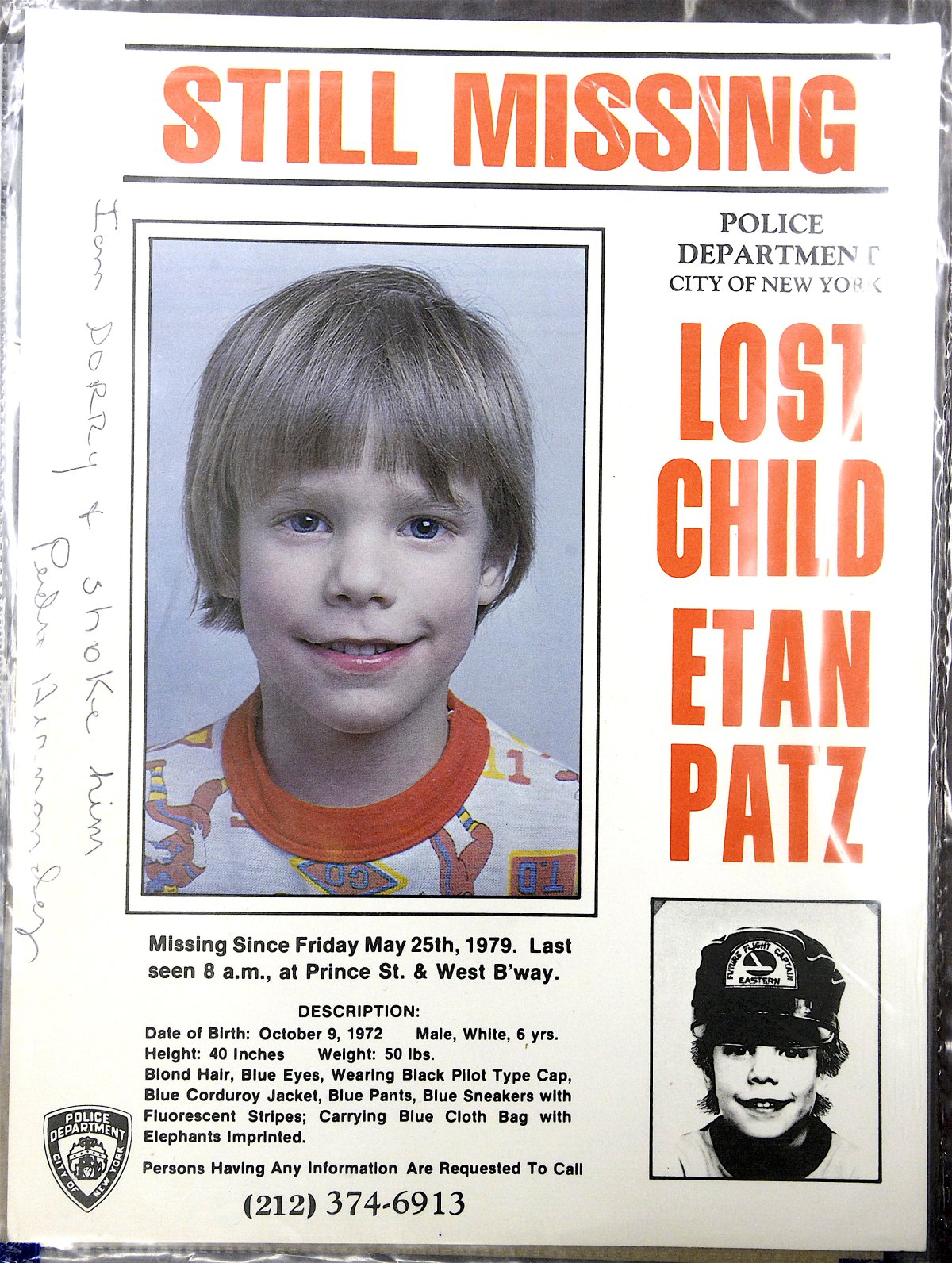
BY DENNIS LYNCH | On Tuesday a jury in Manhattan State Supreme Court found Pedro Hernandez, 56, guilty of kidnapping and murdering Etan Patz when the 6-year-old was on his way to his Soho school bus stop in 1979. The jury took nine days to reach its verdict.
The conviction ends a 38-year ordeal for the Patz family and the neighborhood where Etan Patz went missing. The young Patz’s disappearance shot to the national consciousness. The Soho boy became the first missing child to appear on the back of milk cartons around the country as part of a program initiated by the National Child Safety Council.
Hernandez was an 18-year-old clerk at a bogeda near Patz’s bus stop at the time of the child’s disappearance. Not long after Patz vanished, Hernandez confessed privately to his church group and family members that he had killed a boy.
In 2012, federal authorities dug up a basement at Prince and Wooster Sts. looking for clues in the missing-child mystery. The renewed attention on the case caused a brother-in-law of Hernandez’s to tip off police in New Jersey — where they both lived — that Hernandez had previously mentioned killing a boy.
After being grilled by police for more than six hours, Hernandez confessed to authorities that he had lured the boy into a basement of the store at the corner of W. Broadway and Prince St. with the promise of a soda. He said he then strangled him — though not to death — and put him in a plastic bag and a box, which he then tossed in a nearby alley on Thompson St. Patz’s body was never found.
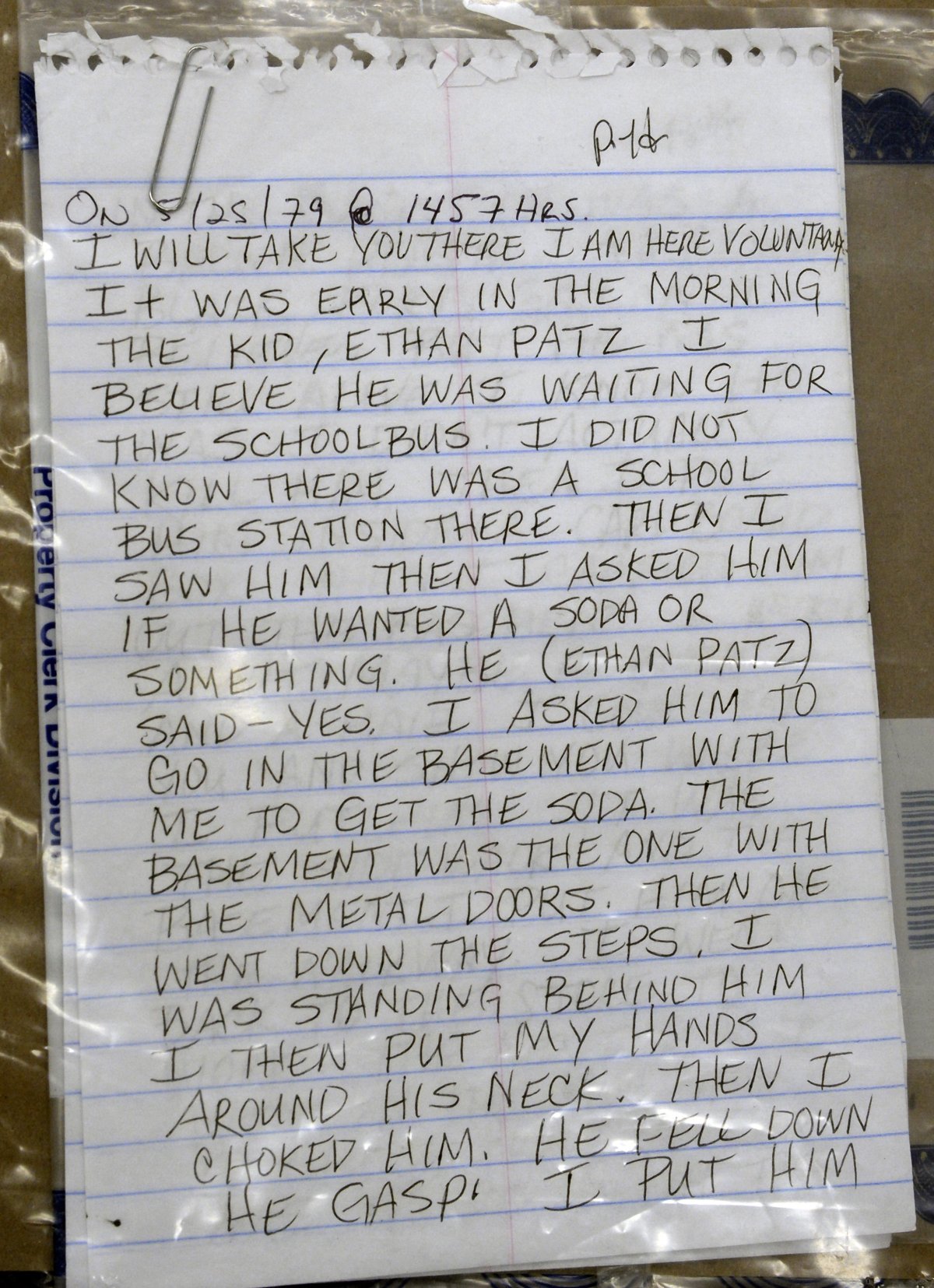
Hernandez was convicted of first-degree kidnapping and second-degree murder, which carry sentences of between 12 to 15 years and 20 to 40 years, respectively. He will be sentenced Feb. 28.
In a statement on Tuesday, Manhattan District Attorney Cy Vance, Jr. said he hoped the verdict brought the Patz family “the closure they so desperately deserve.”
“Thanks to all of those who never forgot about Etan or relented in their efforts to find his killer, this case will no longer be remembered as one of the city’s oldest and most painful unsolved crimes,” Vance said.
This past fall, after participating in a rally to save the Elizabeth St. Garden, Etan’s father, Stan Patz, told The Villager he firmly believed Hernandez had killed his son almost 40 years ago. In an e-mail response to The Villager Tuesday evening, he said, “Thanks for writing. We are glad we finally got a conviction.”
Following the conviction, speaking to the media at the court, Stan Patz said, “We’ve finally found some measure of justice for our wonderful little boy. I am truly relieved, and I’ll tell you, it’s about time. It’s about time.”
The trial was a retrial of the district attorney’s first case against Hernandez for Etan’s disappearance that ended in 2015 in a hung jury. Eleven of 12 jurors voted guilty after 18 days of deliberations.
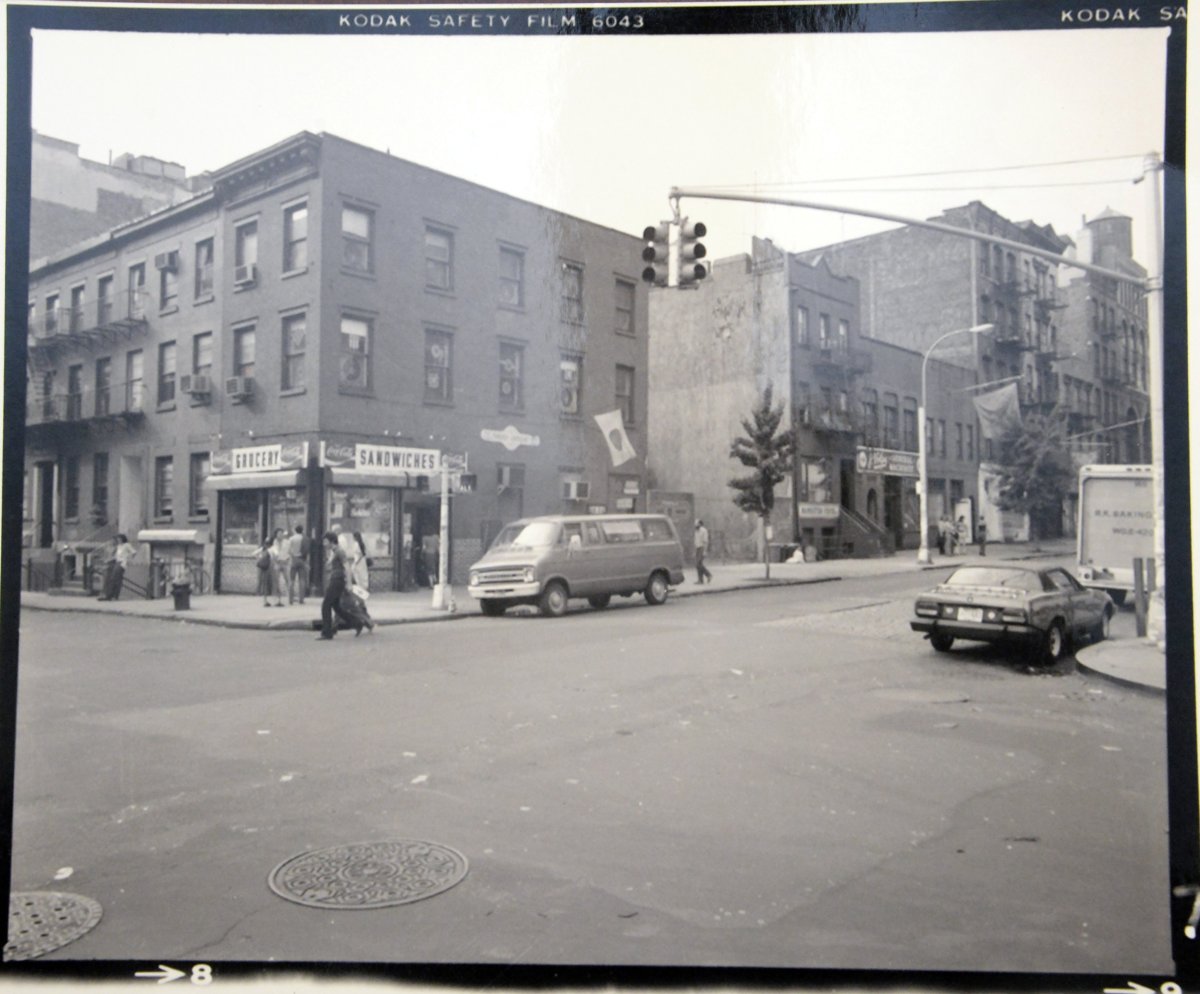
During both trials, Hernandez’s defense team argued that he has diminished mental capacity and is mentally ill. He concocted elaborate stories in his head and couldn’t distinguish between fantasy and reality, his attorneys said.
Hernandez had tearfully confessed to killing a young boy in a private prayer group meeting during a church retreat the same year that Patz went missing. A fellow churchgoer told the jury late last year that he remembered “exactly the words that Pedro said,” according to the New York Post.
“That he took the child, took him to the basement. He grabbed him there, took him by the neck, took a stick and he struck him with the stick several times,” Ramon Rodriquez told the court. “He told me that he had abused the child.”
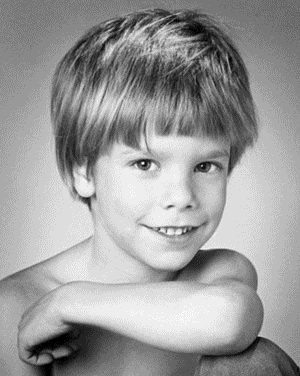
Police first learned of Hernandez’s potential role in the Patz case in 2012 when a brother-in-law tipped them off that he had privately confessed to family members, as well as his church group. He subsequently confessed to police after a lengthy interrogation, but his lawyers argued police coerced him.
For years, law enforcement officials and the Patzes believed convicted molester Jose Ramos was responsible for the 6-year-old’s disappearance. Ramos had a relationship with a woman who walked Patz and other kids home from the bus stop. While serving a 27-year prison sentence for molesting a boy in Pennsylvania, Ramos reportedly told a jailhouse informant he molested and killed Patz.
During Hernandez’s first trial, the defense brought Ramos to New York to testify, but he vowed to plead the Fifth Amendment against self-incrimination.
The Patz family sued Ramos for wrongful death and a court found him liable for Etan’s death in 2004. But at the parents’ request, a judge later overturned that judgment, clearing the way for Hernandez to be tried.




